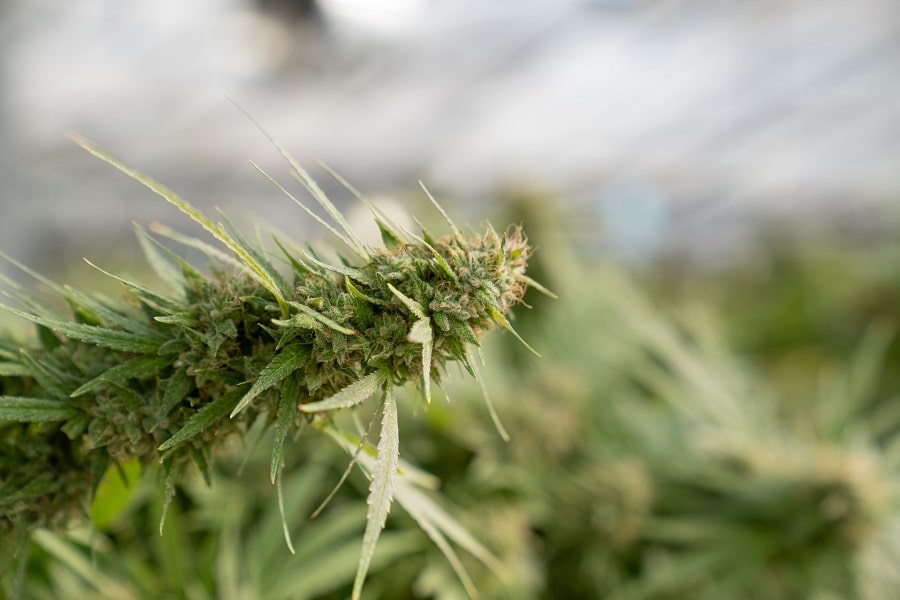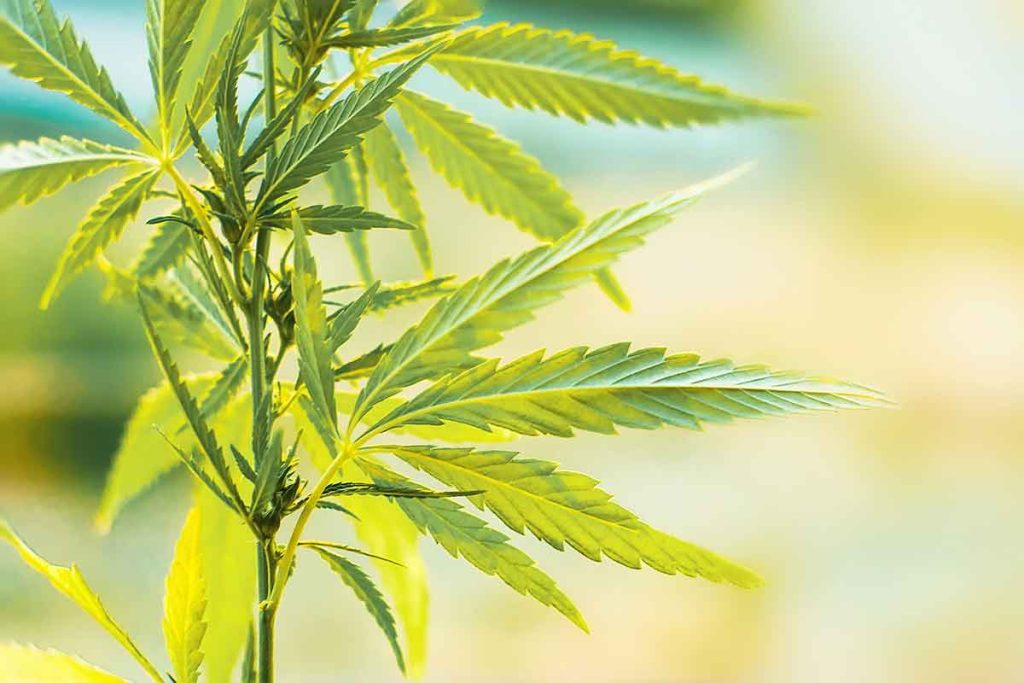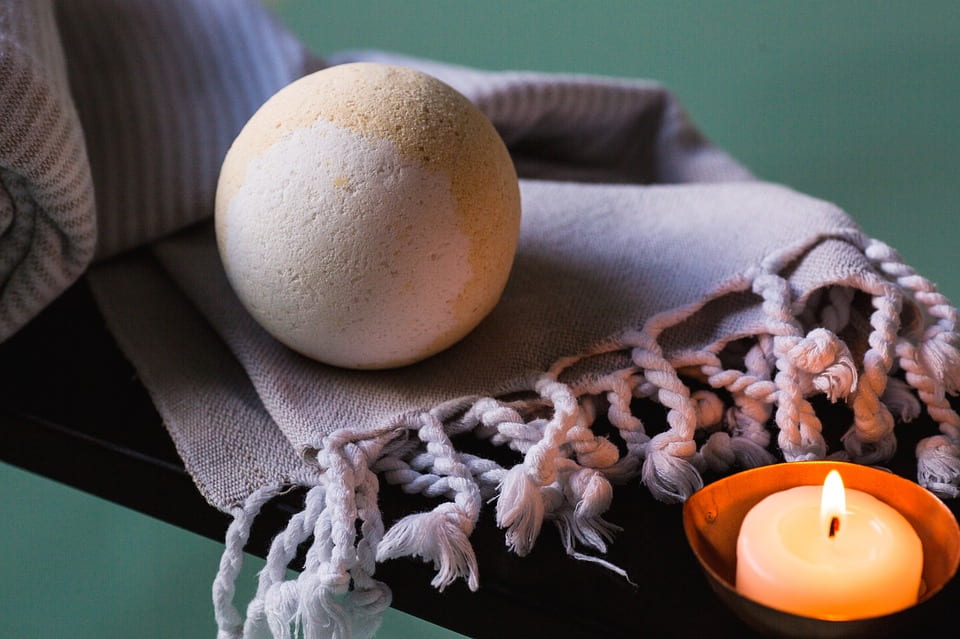Cannabis can have powerful benefits for mental and physical health in humans. The main reason why marijuana offers such versatile effectiveness is that this plant contains different types of cannabinoids. Depending on the exact structure, you can experience anything from a calming effect to euphoria and increased alertness. Here’s a short guide on the main cannabinoids and their effects on the human body!
What Are Cannabinoids?
A cannabinoid is a chemical substance present in the marijuana plant. According to research, you’ll also find these compounds in other plants, such as cocoa and broccoli. Plants naturally produce these compounds, which can have a diverse structure and chemical classification. They work by interacting with the human endocannabinoid system.
So, how many cannabinoids are there?
The experts suggest that there are over 140 different types. It’s likely that scientists will continue discovering new cannabinoids in the future, which means this number could increase.
Cannabinoids List
If you ask experts, CBD and THC will always lead the list of crucial marijuana cannabinoids. Most research focuses on those two substances, but other parts of the marijuana plant have different potential benefits. Check out this main cannabinoids list and learn more about the crucial components of cannabis!
THC
The full name is delta-9 tetrahydrocannabinol, and this substance is why marijuana had a bad image for so long. THC has psychoactive properties, and choosing cannabis with high quantities of this compound can get you high.
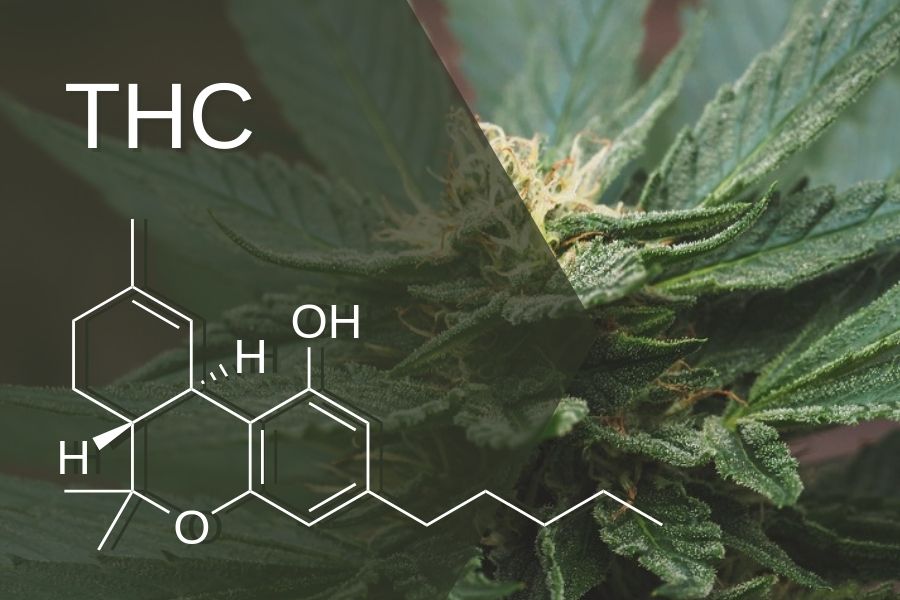
On the other hand, THC is present in medical marijuana. It has high potency and strong medicinal effects. That includes pain relief, but it can also help with nausea and sleep disorders. Many use it to enter a creative phase and experience a state of increased alertness and euphoria.
CBD
If you analyze the list of different cannabinoids in a marijuana plant, don’t forget CBD. Cannabidiol has become the latest hit in the market. You’ll find CBD oil, edibles, and other products focusing on this substance.
All the hype about CBD is because it doesn’t have psychoactive characteristics. However, the compound does have the power to alter your mood by providing anxiety and depression relief. The difference with THC is that it shouldn’t have mental confusion and similar effects even in higher doses.
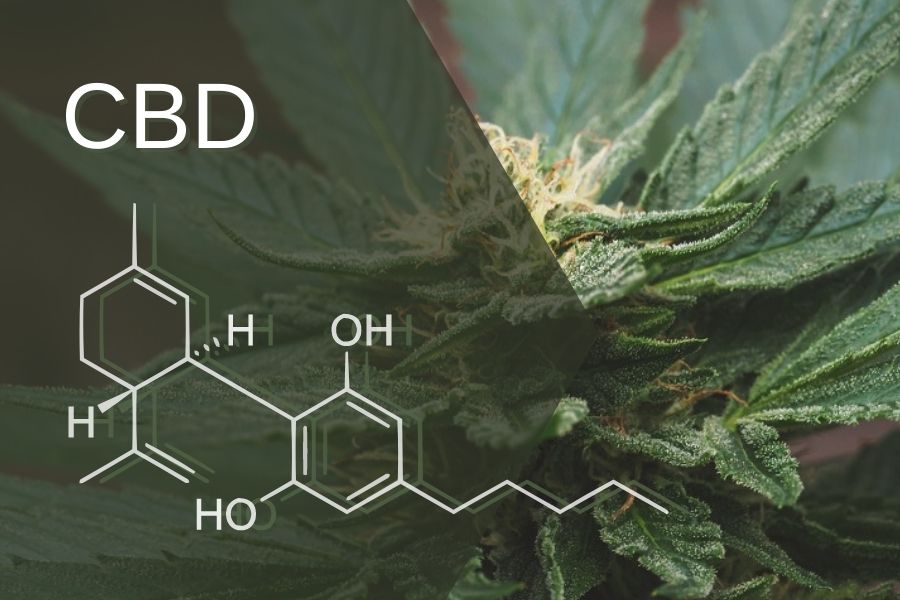
CBD attracted so much attention that the World Health Organization published a report. The review indicates CBD can help treat epilepsy, Parkinson’s disease, and other medical conditions. Cannabidiol is popular as a pain and stress reliever.
CBC
CBC stands for cannabichromene, and you’ll find it in abundant quantities in marijuana plants. Unlike THC, this cannabinoid doesn’t have psychoactive properties. It has antibacterial and antifungal characteristics.
A study published in 2013 discovered that CBC could reduce the risk of Alzheimer’s by interacting with progenitor cells. If you have a neurodegenerative condition, it might help to form new brain cells.
CBG
Cannabigerol shows up as the plant grows. During the process, it converts to THC and other cannabinoids. Once marijuana matures, you won’t find large CBG quantities inside it. CBG comes from a molecule called CBGA, which is the base for all cannabinoids.
We don’t know much about cannabigerol, except it doesn’t have psychoactive characteristics. Some reports show it can serve as a pain reliever and assist in treating anxiety, inflammation, and glaucoma.
CBN
THC degrades over time, and that’s what leads to the creation of CBN. Of the THC that an average cannabis plant produces yearly, up to 25% converts to this cannabinoid over time. You can also boost CBN creation when using extreme temperatures. It’s why smokers can expect to ingest it when consuming cannabis.
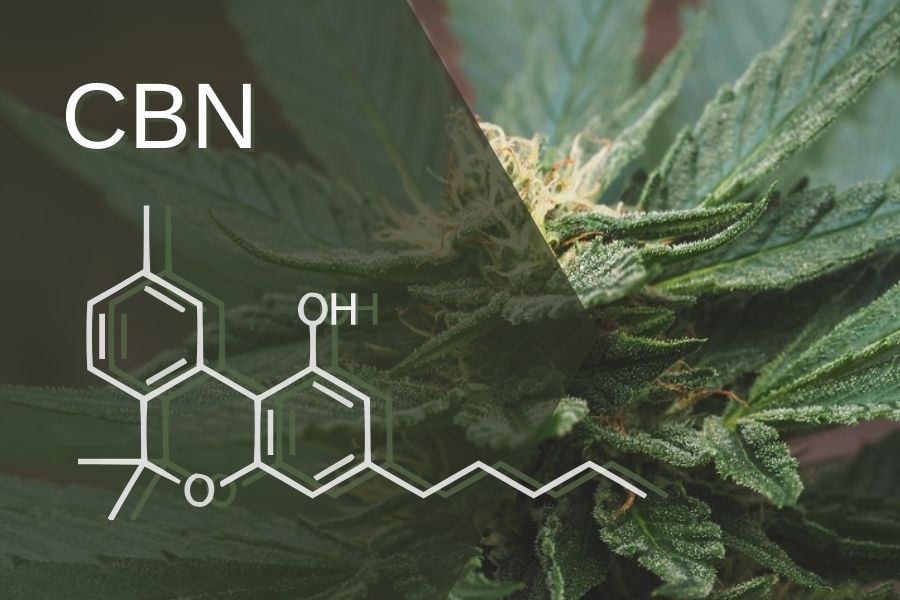
CBN is short for cannabinol. There’s no extensive research available, but some reports indicate it acts as a sedative. If you have insomnia or problems falling asleep, CBN could be helpful.
THCV
Tetrahydrocannabivarin has a similar structure to THC. The subtle differences also lead to different effects. Scientists believe that THCV doesn’t bind and activate CB1 receptors. Instead, it acts as a blocker, which implies different benefits.
THCV acts as an anxiety reliever, but it can also accelerate metabolism. It’s what leads to appetite loss, which can help control weight and blood sugar. Some reports even indicate that THCV can help keep bones strong.
Delta 10 THC
The classic THC is delta-9, but it’s not the only variation found in marijuana. You’ll also find delta-10 THC but in lower amounts. The substance acts as a stress reliever and can help deal with tension and anxiety. It isn’t as strong as the “classic” THC, making it more suitable for novice users.
If we compare the three THC variations, delta-10 is the least potent. It’s not easy to manufacture since it requires extensive refining. That’s why it’s hard to find delta-10 THC, and you should only pick those providers who have official lab results.
Delta 8 THC
Here is another variation of the “standard” THC. This cannabinoid is more potent than delta-10 but less than delta-9. Some would compare this cannabinoid to Indica, while delta-10 is like Sativa.
Delta-8 THC can last long because it also has a high amount of cannabinol. Those sedative effects can promote relaxation and anxiety relief. Delta-8 THC is famous for its slow release and long-lasting effects.
THCA
THCA is the acidic version of THC. You’ll mostly find this cannabinoid in raw cannabis. If you let the plant dry, most THCA will turn to THC. You can speed up this process by using heat, which is why smokers appreciate high THCA amounts in their cannabis.
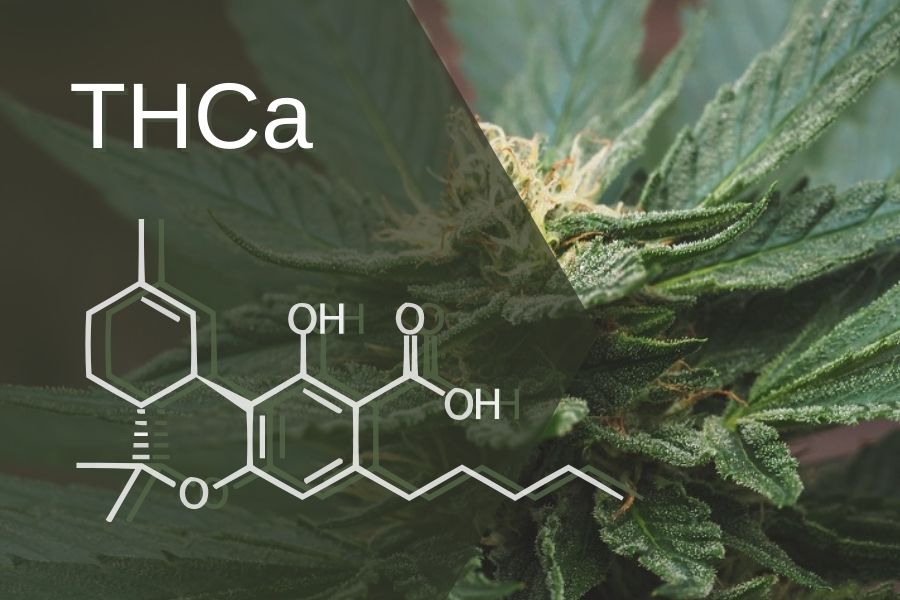
Research shows the human body can absorb THCA. The difference is that it won’t reach your brain. Tetrahydrocannabinolic acid might help to boost appetite and deal with nausea. Some potential benefits could include antibacterial and neuroprotective characteristics, as well as pain relief.
CBDA
CBDA is short for cannabigerolic acid, which means this is CBD’s acidic form and its precursor. You’ll find generous CBDA in some marijuana strains. However, exposure to sunlight and heat converts it to CBD.
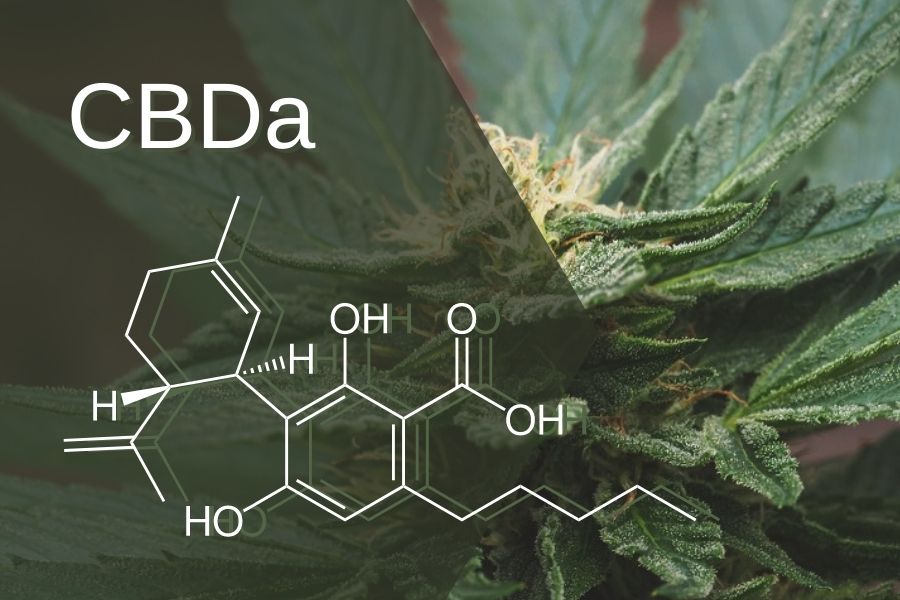
The characteristic thing about CBDA is that it doesn’t bind with the CB receptors. However, it prevents the production of COX-2 enzymes. Scientists believe that it can provide pain relief and deliver an anti-inflammatory effect. Animal studies show that CBDA can contribute to producing serotonin. That could assist with vital functions like sleeping and digestion.
You might’ve seen marijuana products with the percentage of CBD and THC stated on their labels. Many also mention other cannabinoids present in the product you’re buying, like CBG, CBN, etc. But if you’re still wondering which product is best for you, don’t hesitate to ask the friendly staff of our Los Angeles marijuana dispensary.
